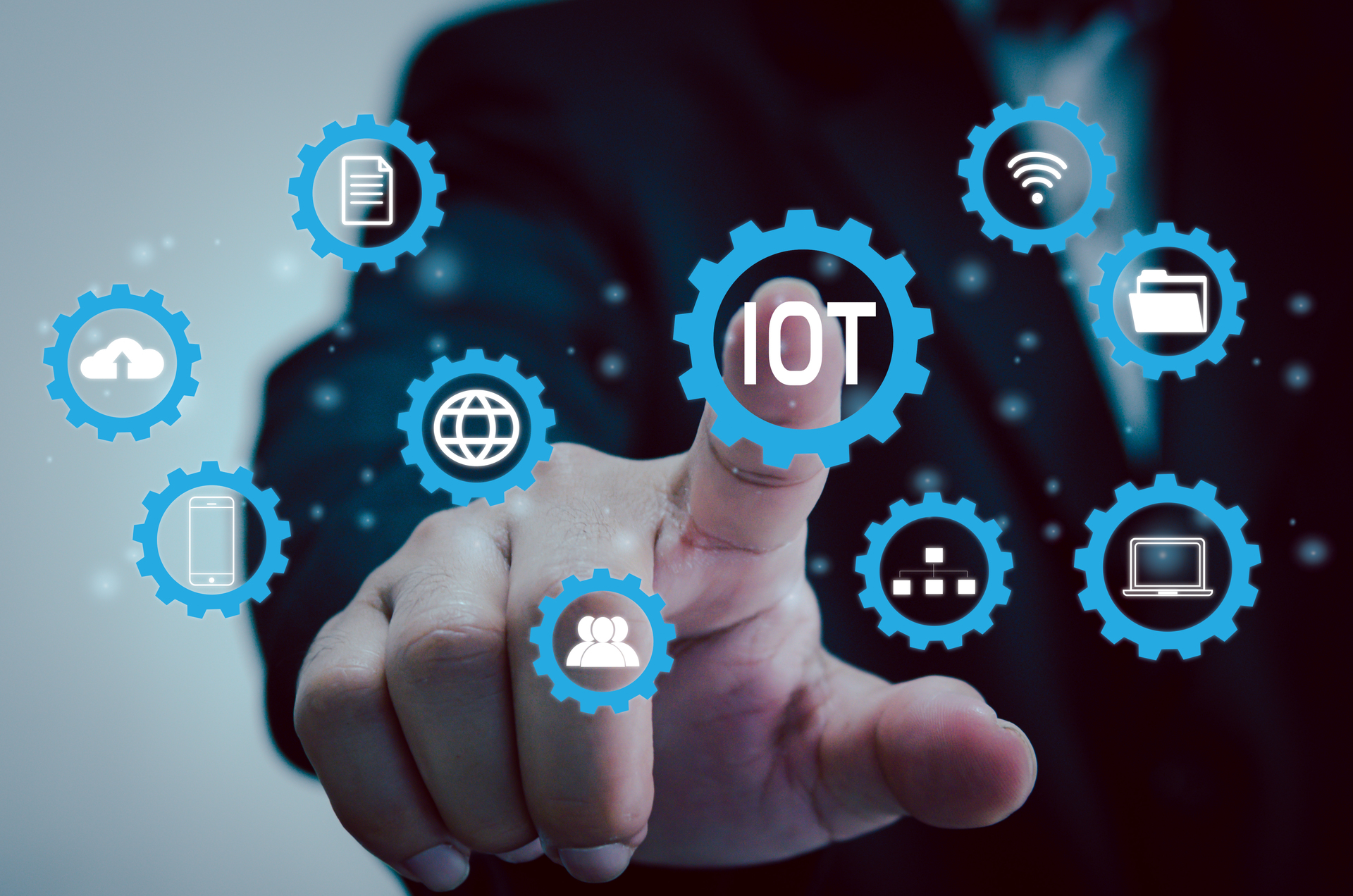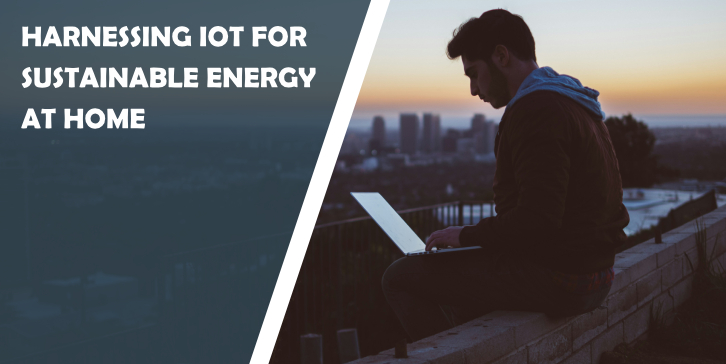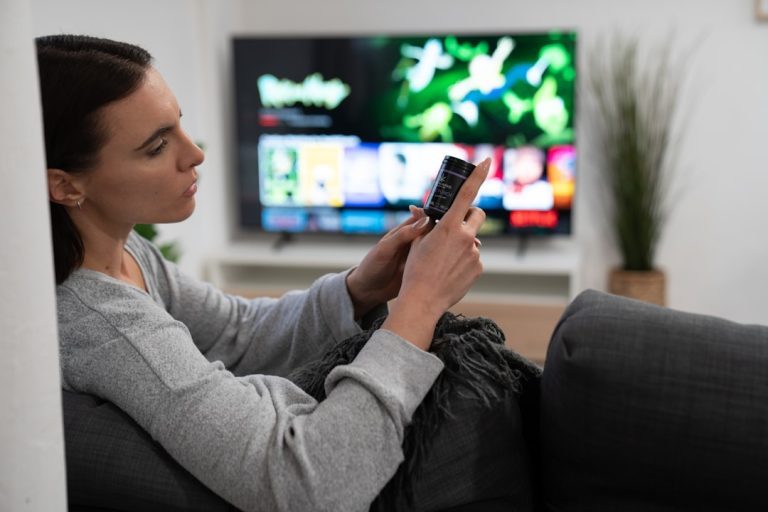The Internet of Things (IoT) is a complex and intricate technology system that uses software, sensors, and other wireless technology. It’s engineered to communicate with other devices or systems for a specific reason. Also known as smart technology, this complex structure requires the expertise of a custom IoT developer to build and maintain its unique functionalities, minimizing the need for constant human interference.

IoT for Sustainable Energy at Home
IoT sustainability is critical for running your home in a way that’s energy efficient. A good smart home system is designed to save you money on energy expenses while helping your home run at an optional level. The most common place for IoT technology is in the home, where it can be used in several ways. It’s used to connect many systems and appliances within the home, from security to HVAC systems and appliances. The basic idea is to record, track, and customize use of everything that’s connected to your home through the internet.
Smart Thermostats
Smart thermostats have several features that allow you to customize your indoor temperature while saving on energy costs. They have several features:
- Programmable scheduling: Can be used to preset different temperatures at different times during the day. Users can turn the thermostat down while at work to save energy.
- Geofencing: Geofencing is a virtual “fence” surrounding a home. This “fence” uses a GPS tracking device through a smartphone to determine if someone is near their home. A message is sent right to the thermostat to turn on the HVAC.
- Away mode: The away mode is designed to keep your thermostat in check while you’re away. You can use it to minimize your indoor temperatureor to keep your HVAC completely off while you’re away for long periods of time.
- Remote control: Allows you to adjust the settings while away at work or out of town. You can even turn your system off using your smartphone or device.
- Energy monitoring: Your energy monitoring system is a system that lets you track your home energy use through a mobile app. You can read this information through a graph on your mobile app.
- Home automation integration: You can integrate your thermostat with other appliances in your home to ensure optimal efficiency for your home. It lets you connect your thermostat to other appliances for sufficient use. It can be used to activate lights inside your home. In some cases,, you may have had to use voice assistant to prompt you on some things.
Smart Lights
Imagine having lights that you don’t have to physically turn on and off everytime you exit a room or leave your home. With smart lights, that is possible. Certain IoT enabled devices such as smart light bulbs allow you to control lighting through the internet. You can install them just like any ordinary light bulb, with one exception. Smart bulbs must be programmed through an app on your smartphone or device in order to work. You can integrate smart bulbs with Amazon Alexa or Google Assistent for greater convenience. Both programs use a smartphone that allows you to give voice commands that tell the lights when to turn on or off.
Smart Home Security
Internet of things development solutions and smart home security systems act together to keep your home safe, especially while you’re away. These systems include smart locks and smart doorbells. With smart doorbells, you can easily track who’s at your door before you let them in. Smart locks, on the other hand, allow you to lock all doors from anywhere using your phone. All you need is an app that lets you check to see if everything is locked. This feature gives you piece of mind knowing that your home is safe whenever you’re away.
With a smart setup, you should be able to monitor all activity around your home with your smartphone. Smart cameras are excellent for recording live footage, and you should be able to detect it from your phone. You can keep vigil over suspicious activity and report it to local police immediately.
But home security does more than guard against home invasion. It’s also effective in certain home emergencies. A good smart system has excellent sensor technology that can detect the beginnings of a fire. It can easily detect a sudden change in your home temperature, locate the source, and alert you to call the fire department immediately. In other cases, a smart security setup can pick up on plumbing issues, gas leaks, and carbon monoxide exposure.
Smart Appliances
Imagine a home where your washer, dryer, and other appliances ran in your absence. Smart appliances will do just that. You can set the time on your TV to watch your favorite programs throughout the week and on specific days. You can program coffee machines, air conditioners, and vacuum cleaners through your smartphone. You can set your coffeemaker to brew at a specific time each day. This allows you the convenience of having that first cup of coffee every morning. Some mobile apps allow you to program a robot vacuum cleaner while you’re away.
The Role of IoT in Smart Grid Components
Traditional power grids were suited for handling older electrical systems. Unfortunately, these old grids aren’t built to withstand IoT technology. They’re not built to handle wireless communication between home electronics and software that’s designed to run them. But anything powered by IoT, such as a smart grid, can. In fact, smart grids can sense imminent power surges and can prevent power outages. They’re equipped to reduce energy consumption and monitor power use through built-in energy monitoring systems that measure your use.
The idea behind the smart grid is even power distribution, which ensures that energy is distributed in your home for sustainable use. By balancing energy supply and demand, IoT ensures that a grid remains stable.

The Power of IoT in Energy Monitoring
Have you ever wondered how much energy you consume in a single day? With IoT technology, it’s possible to keep vigil over your daily energy use with your smartphone. IoT enhances energy monitoring through real-time software that tracks your daily consumption data. You can interpret the data and use it to decide when you should reduce your energy use.
Harnessing IoT to Create Sustainable Electrical Grids
Responsible energy use is the key to sustainability, and IoT in energy monitoring is the solution to decreasing your carbon footprint and reducing your energy costs. IoT helps many smart grids schedule automatic maintenance as needed, which minimizes the likelihood of system failure. It’s role in solar and wind energy use is vital because it can stabilize output from either source through strong surveillance.
Conclusion
As we edge towards a sustainable future, IoT will continue to play a crucial role. As we live busier lives, it becomes a challenge to monitor our energy use. Knowledge of your energy use will help you make better decisions for the future. With IoT, many things are possible.





Comments are closed.